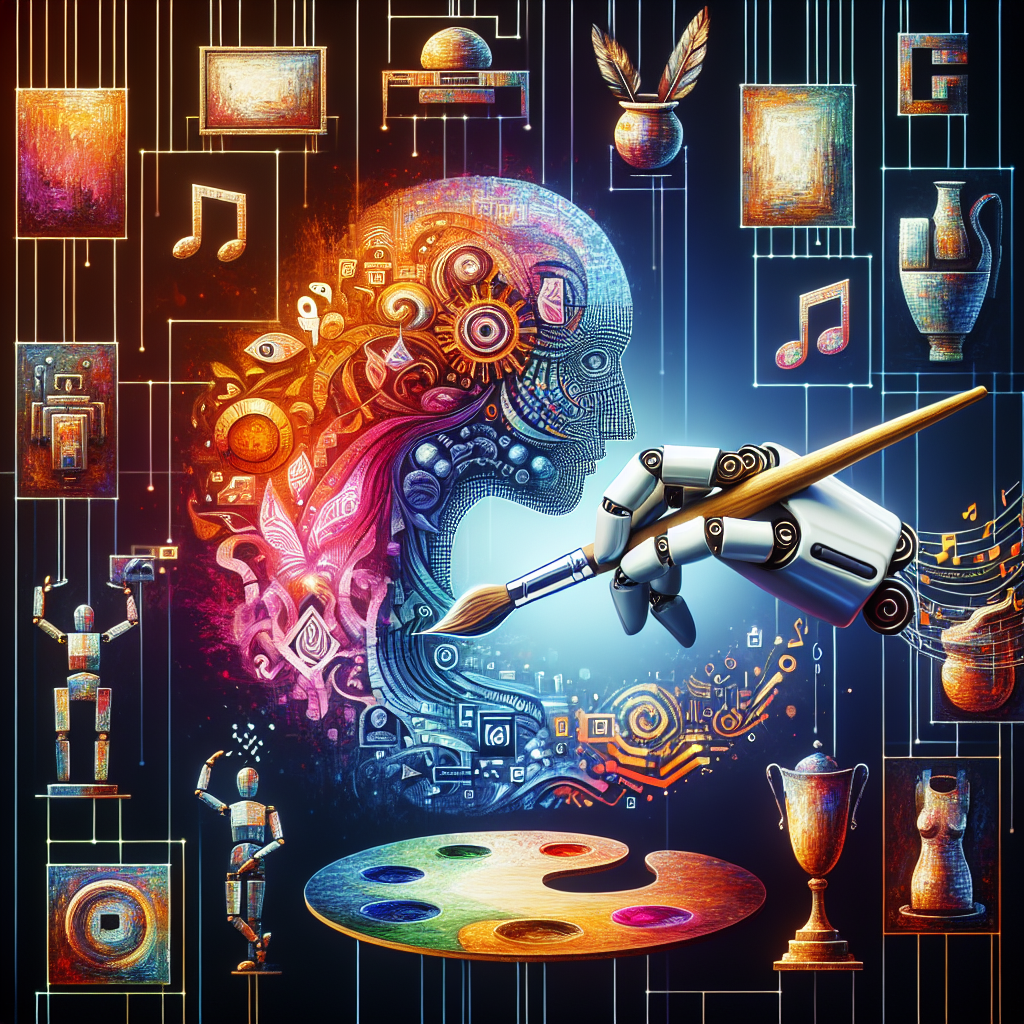Artificial Intelligence (AI) has been making waves in almost every industry, and the world of creativity is no exception. In recent years, AI has been disrupting traditional creative practices and transforming the way we think about art, design, and other creative fields. From generating music and creating visual art to helping writers craft compelling stories, AI is changing the game in the world of creativity.
One of the most significant ways AI is disrupting traditional creative practices is through the automation of tasks that were once thought to be the sole domain of human creativity. For example, AI can now generate music compositions, create paintings and drawings, and even write poetry and stories. This has led to a shift in how we think about creativity and the role of the artist or creator in the creative process.
AI is also enabling new forms of collaboration between humans and machines. Artists and designers are now able to use AI tools to augment their creative abilities and explore new ideas and possibilities. For example, AI-powered design tools can help designers generate new concepts and iterate on designs more quickly and efficiently than ever before.
Another way AI is disrupting traditional creative practices is through the democratization of creativity. AI tools are making it easier for people with little to no experience in creative fields to create art, music, and other forms of expression. This has the potential to open up new opportunities for individuals who may not have had access to traditional creative tools and resources.
However, with the rise of AI in the creative world comes a host of questions and concerns. Many people worry that AI will replace human creativity and artistic expression, leading to a homogenization of creative output. Others are concerned about the ethical implications of using AI in creative practices, such as issues around copyright and intellectual property.
Despite these concerns, there is no denying the impact that AI is having on traditional creative practices. As AI technologies continue to evolve and improve, we can expect to see even more disruption in the creative world. The key will be finding ways to harness the power of AI while also preserving the unique qualities that make human creativity so valuable.
FAQs:
Q: Will AI replace human creativity in the future?
A: While AI is certainly changing the landscape of creative practices, it is unlikely to completely replace human creativity. AI is a tool that can augment and enhance human creativity, but it is ultimately up to the artist or creator to bring their unique perspective and vision to the creative process.
Q: What are some examples of AI disrupting traditional creative practices?
A: Some examples of AI disrupting traditional creative practices include AI-generated music compositions, AI-powered design tools, and AI-generated art and visual media. These tools are enabling artists and creators to explore new ideas and possibilities in ways that were not possible before.
Q: What are some ethical concerns around using AI in creative practices?
A: Some ethical concerns around using AI in creative practices include issues around copyright and intellectual property, as well as concerns about the potential for AI to homogenize creative output. It will be important for artists, creators, and policymakers to consider these ethical implications as AI continues to be integrated into the creative world.

